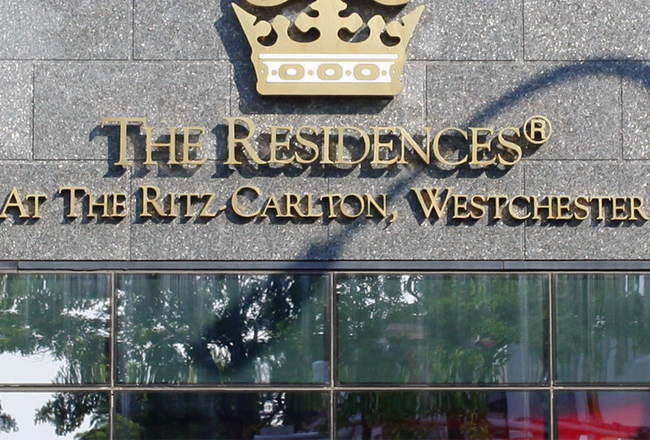 The quickening debate about how to mitigate and adapt to climate change seldom includes the role of local governments. This is a mistake. Local land-use plans and regulations determine the shape, densities, vehicular travel and buildings that define our human settlements.
The quickening debate about how to mitigate and adapt to climate change seldom includes the role of local governments. This is a mistake. Local land-use plans and regulations determine the shape, densities, vehicular travel and buildings that define our human settlements.
Cities, villages, and towns have legal authority to control over 70% of carbon dioxide, the principal greenhouse gas responsible for climate change.
Recently, key international organizations and conventions have recognized the importance of local action. So, too, should area business leaders, following the lead of their national counterparts.
Recently, business leaders from over 300 companies called on the Biden administration to reduce greenhouse gas emissions in the United States to at least half of 2005 levels by 2030. The letter noted, “A bold 2030 target is needed to catalyze a zero-emissions future, spur a robust economic recovery, create millions of well-paying jobs, and allow the U.S. to ‘build back better’ from the pandemic.”
“Choosing to Succeed: Land Use Law and Climate Control” is the title of a book I published on Earth Day last month. It starts with a description of the countless climate change bubbles popping up in every region of the country. As these bubbles burst, they create an economic crisis that, in the aggregate, will be more damaging than that of the housing bubble of 2008.
For those who doubt an academic’s economic forecast, Henry Paulson, U.S. Secretary of the Treasury during the housing bubble recession, agrees and uses climate change bubbles as a cautionary phrase. These bubbles, where land and building values are declining, provide extensive, objective evidence that climate change is real and must be dealt with on the ground. It sidelines the ideological battles over the political response and focuses, laser-like, on the practical question: What can we do to respond?
In the New York metropolitan area, business leaders can engage effectively by working with local governments to urge them ”“ and help them ”“ to adopt one or more of the dozens of the climate change mitigation strategies that the book discusses. The local land-use legal system can leverage state and local assistance to reduce per capita carbon emissions as an important and now-recognized component of global efforts to manage climate change.
The tools and techniques presented in the book are available to the nation’s 40,000 local governments, New York’s 1,600 municipalities and Connecticut’s 169. But they need support, and can be assisted effectively by dedicated and determined business leaders.
Societies that have ignored serious risk factors like the current consequences of climate change have not fared well. In his book “Collapse: How Societies Choose to Fail or Succeed,” Jared Diamond, science writer and researcher and professor of geography at UCLA, reflects on the costs to society caused by ignoring early warnings of long-term problems. He provides sobering evidence that human beings, pursuing their self-interests, are not rational actors, and in the normal course of events, their unmediated interactions do not insulate societies from environmental devastation.
Societies that choose to succeed engage in effective long-term planning that, according to Diamond, “characterizes some governments and some political leaders, some of the time.” If he were focusing on the most serious economic risks in the Westchester and Fairfield areas, he likely would have added business leaders to the list of those who can help us choose to succeed.

John R. Nolon is Distinguished Professor of Law at the Elisabeth Haub School of Law at Pace University, where he teaches property, land use, dispute resolution and sustainable development law courses, and is Counsel to the Law School’s Land Use Law Center, which he founded in 1993.



















